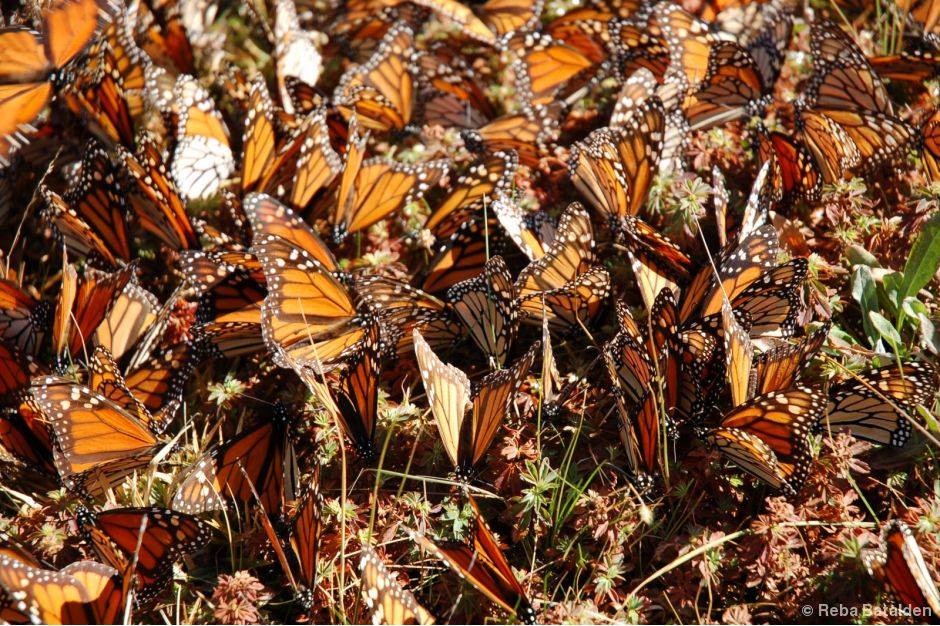|
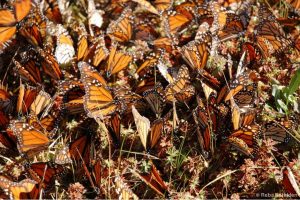
As you may know by now, the Western Monarch Butterfly migration collapsed this year.
Under 2,000 monarchs were counted at both Thanksgiving
and New Years across 400 overwintering sites in central coast California.
Put into perspective, monarch counts:
20 years ago – 2 to 4 million
5 years ago – 150,000
2019 – 30,000
2020 – under 2,000
Listen to interview with Susie Vanderlip on western monarch status taped for Laguna Woods Village TV – Feb. 16, 2021
As the southern California ‘Conservation Specialist’ for Monarch Watch and ‘Champion contributor’ to Western Monarch Advocates, my goal is to keep YOU informed.
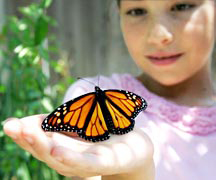
The GOOD NEWS
No one knows what is in store for the future.
What we do know is: we need everyone’s help
to provide habitat for monarch butterflies!
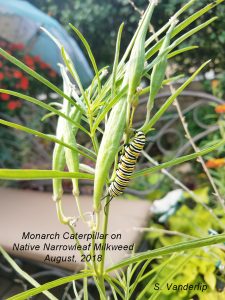
PLANT NATIVE MILKWEED AND NATIVE NECTAR PLANTS!
(See below for sites that help identify plants to use!)
- Please document and report all monarch activity so
that researchers can get a better picture of what is happening with both the resident and migratory populations. Report all
- monarch sightings (adults, eggs, larvae, pupae) to the Western Monarch Milkweed Mapper.
- If you are on Facebo
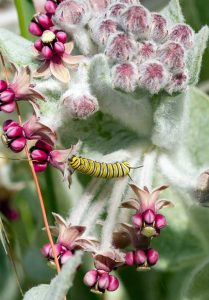 ok, please JOIN and help us collect anecdotal info on what’s happening in YOUR garden! NEW private Facebook Group: ok, please JOIN and help us collect anecdotal info on what’s happening in YOUR garden! NEW private Facebook Group:
Monarch Butterfly Guardians (Southern California
Get ready to plant as spring starts early in California
1. Plant Milkweed in your garden, native is recommended. Most native varieties
won’t be available until April.
If you plant or have Tropical Milkweed, PRUNE TROPICAL every year by MID-OCTOBER (earlier now) to 6″-10″ stems and cut off all the leaves to control O.e. parasite that kills caterpillars and newborn monarchs.
How about putting a reminder in your calendar now! And Watch the Video:
Pruning Tropical Milkweed in the Fall – Imperative for Monarch Butterfly Health | Vanderlip.com

2. Plant spring, summer and fall Nectar Plants
Plan NOW and start to plant as soon as plants are available so monarchs have plenty to eat Lots of sources of good information on what plants to choose:
· www.calscape.org – Excellent resource, includes pictures of every plant!
· https://www.pollinator.org/guides – Excellent resource, search by zip code for the right plants
· https://vanderlip.com/wp-content/uploads/2019/02/2020-BUTTERFLY-GARDENING-HANDOUT-.pdf
· GardeningforMonarchsUpdated.pdf (monarchjointventure.org)
· Nectar Plants for Western Monarchs | Vanderlip.com
3. Use no pesticides, fungicides or herbicides in your garden.
If a monarch caterpillar writhes and dies, it has likely been poisoned by pesticide. Tropical milkweed is sometimes tainted by growers that use pesticide. Let nurseries know if their milkweed kills your caterpillars.
4. Advocate to others.
Encourage your community, schools, churches to plant monarch gardens. Ask your City mayor to take the Mayor’s Pledge to plant for butterflies and pollinators.
Read more: About (nwf.org)
5. Additional Reputable Resources
– www.WesternMonarchAdvocates.com The 2021 Winter Status report will be out soon under State Updates for California California | Western Monarch (westernmonarchadvocates.com)
– www.monarchwatch.org – Accurate and current info on all things monarch. Certify your garden as a Monarch Waystation to help promote awareness and to give yourself kudos for your own garden! https://www.monarchwatch.org/waystations/
– www.monarchjointventure.org – Info on all things monarch butterfly. Helping to provide grants and seedlings.
– www.xerces.org – Premier research on invertebrates including monarchs and bees.
*********************************************************************************

SCHEDULE A ZOOM PRESENTATION
for your group, garden club, church, community with Butterfly Speaker: Susie Vanderlip
Everything You Ever Wanted to Know About Monarch Butterflies
Contact: Susie@storyofchester.com 714-997-2158
www.greatgardenspeakers.com
www.MonarchButterflySpeaker.com
|
